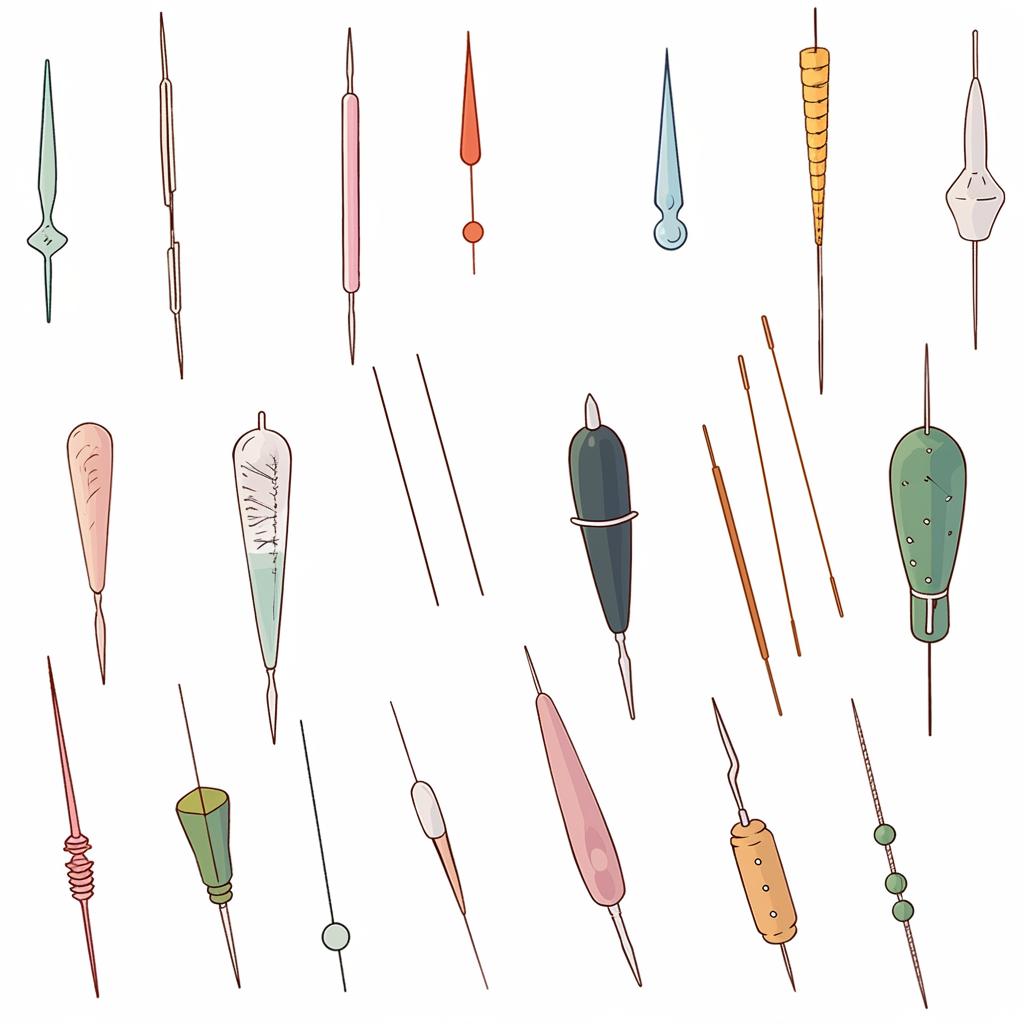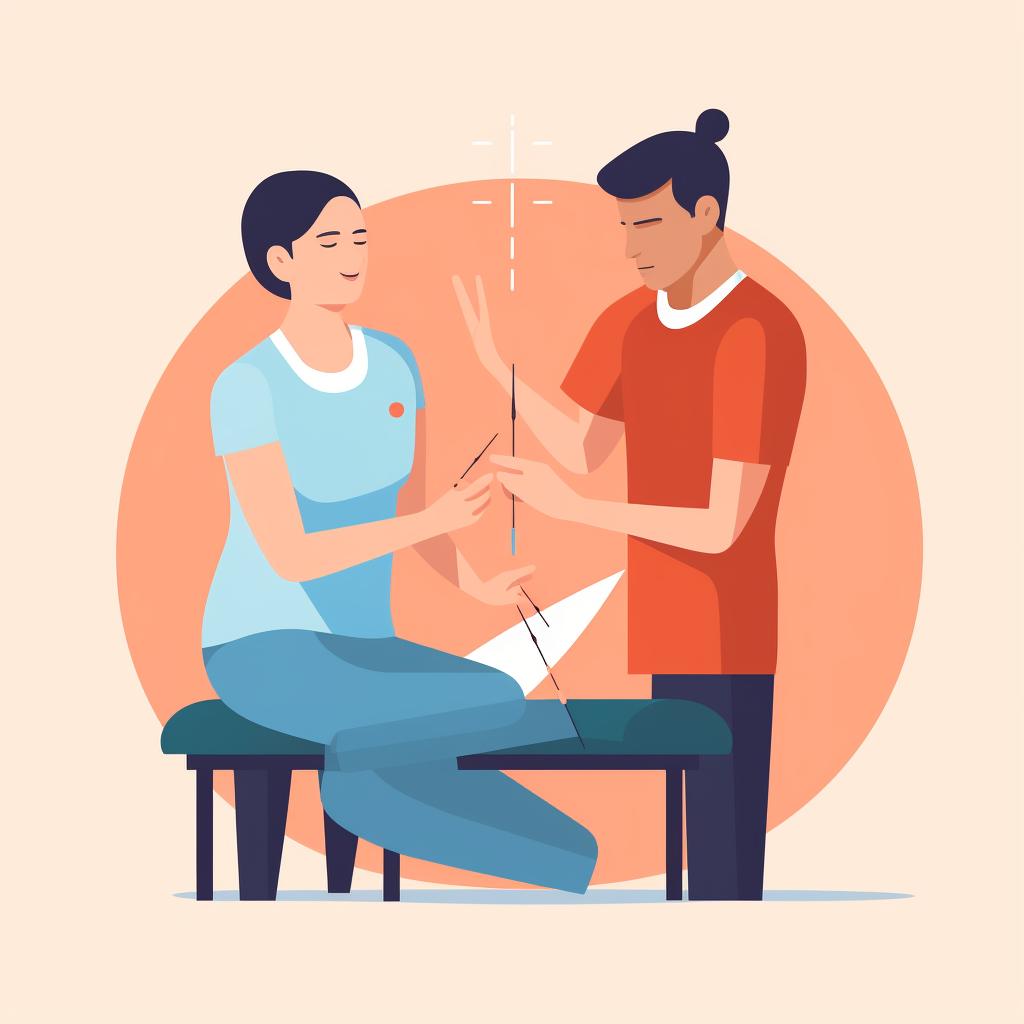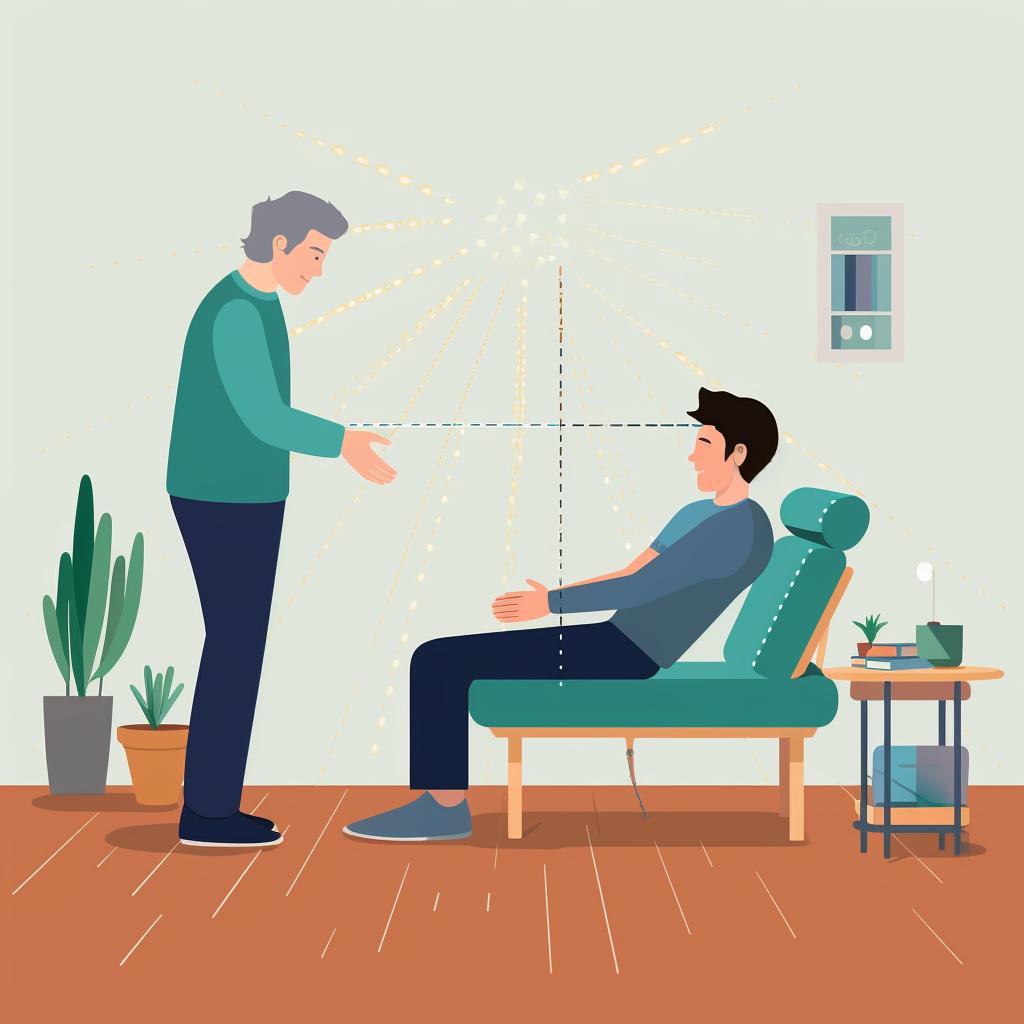Understanding Acupuncture Needle Manipulation: Types, Techniques, and Patient Response
Acupuncture is a fascinating practice that has been honed over thousands of years. The technique of needle manipulation plays a crucial role in the effectiveness of the treatment. As we've seen in our step-by-step guide above, there are several factors that contribute to the bending of an acupuncture needle. But there's so much more to this ancient art. Let's delve deeper into the world of acupuncture and its many facets.
Firstly, it's important to understand that acupuncture is a complex practice that requires significant training. There are numerous modern acupuncture techniques that practitioners use, each with its own unique approach to needle manipulation. Whether it's a slight twist or a gentle push, these techniques are designed to stimulate specific acupuncture points on the body to promote healing and wellness.
One common question that many people have is, "Does acupuncture hurt?". The answer largely depends on the technique used by the practitioner and the patient's individual response. As mentioned in our guide, patient movement can cause the needle to bend, which may result in discomfort. However, when performed correctly, acupuncture should cause minimal pain.
Understanding the types of needles used in acupuncture is also essential. Different needles are designed for different purposes, and the choice of needle can greatly affect the patient's experience and the treatment's effectiveness.
Lastly, it's worth noting that while acupuncture is a traditional form of medicine, it is also supported by scientific evidence. Numerous studies have shown that acupuncture can be an effective treatment for a variety of conditions, from chronic pain to stress and anxiety. If you're curious about the science behind acupuncture, check out our article on the scientific evidence supporting Chinese acupuncture theory.
In conclusion, acupuncture is a multifaceted practice that involves much more than just sticking needles into the body. From the types of needles used to the techniques employed, every aspect of acupuncture is designed to promote healing and wellness. So whether you're a seasoned practitioner or a curious newcomer, we hope this deep dive into the world of acupuncture has been enlightening.















